76+ Sample Syllabus Templates (Course Syllabus)
-
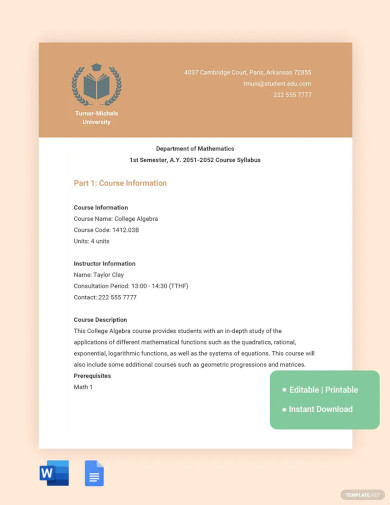
Syllabus Template
download now -
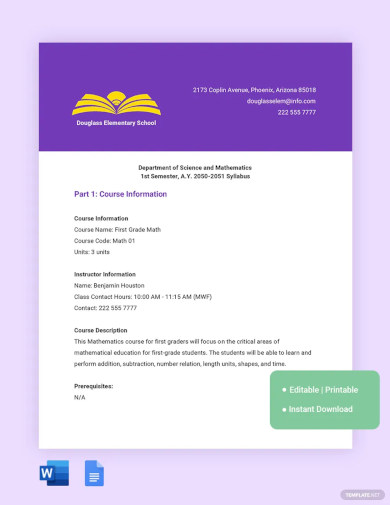
Elementary Syllabus Template
download now -

Internship Syllabus Template
download now -
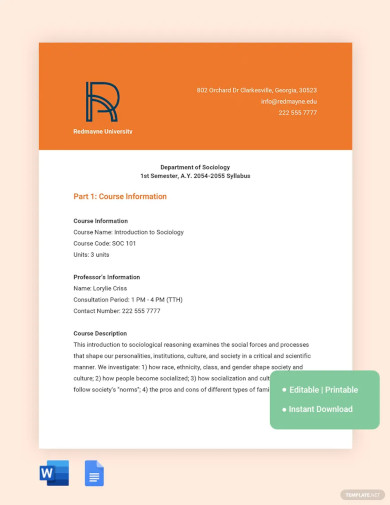
Infographic Syllabus Template
download now -
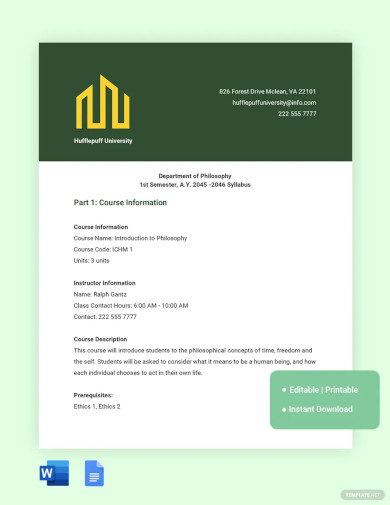
Classroom Syllabus Template
download now -
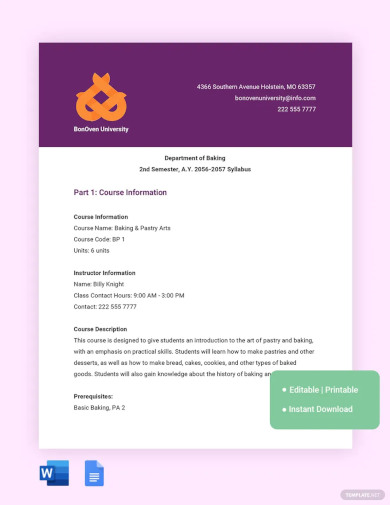
Baking Syllabus Template
download now -
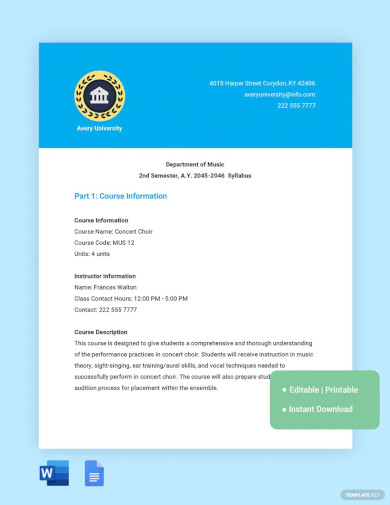
Choir Syllabus Template
download now -
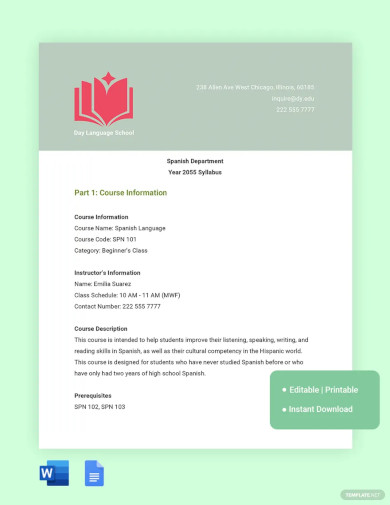
Spanish Syllabus Template
download now -
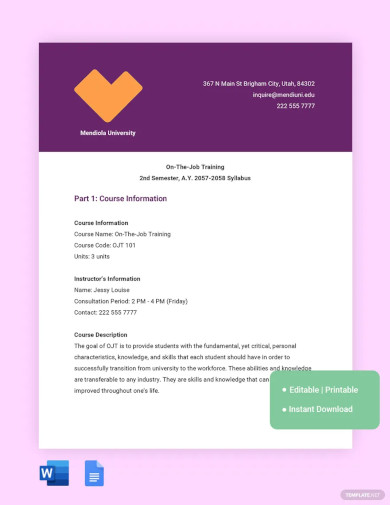
Training Syllabus Template
download now -
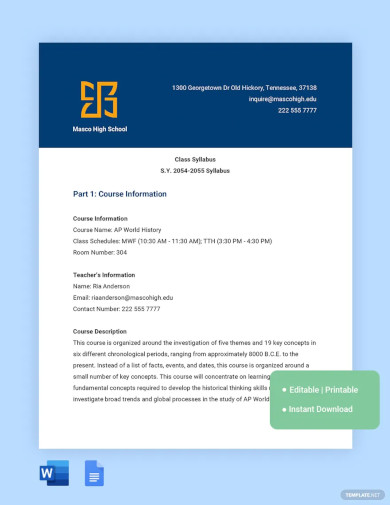
Class Syllabus Template
download now -
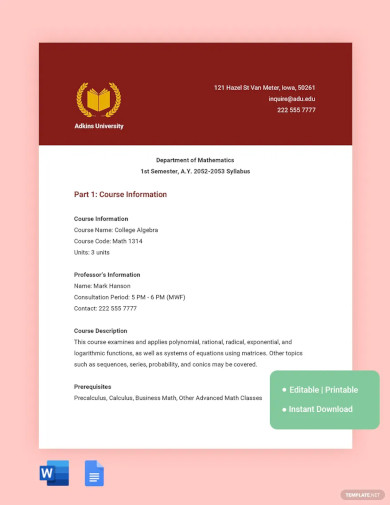
Math Syllabus Template
download now -
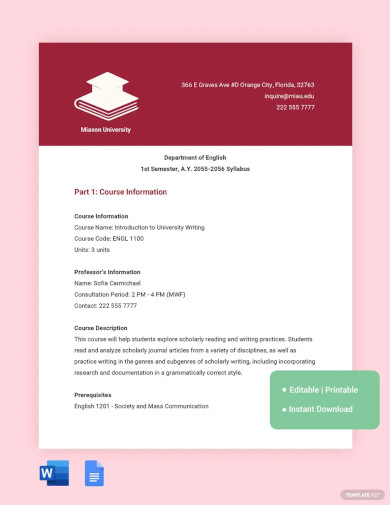
English Syllabus Template
download now -
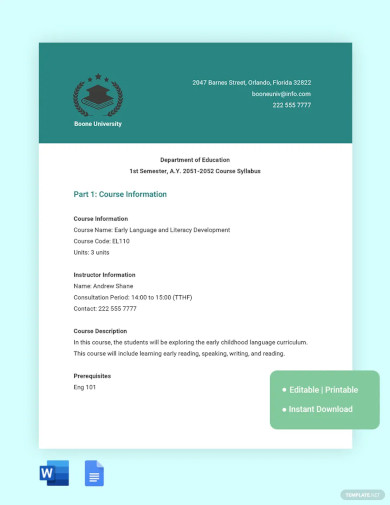
Education Syllabus Template
download now -
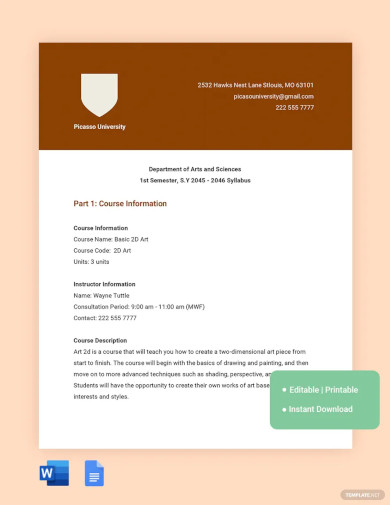
Art Syllabus Template
download now -
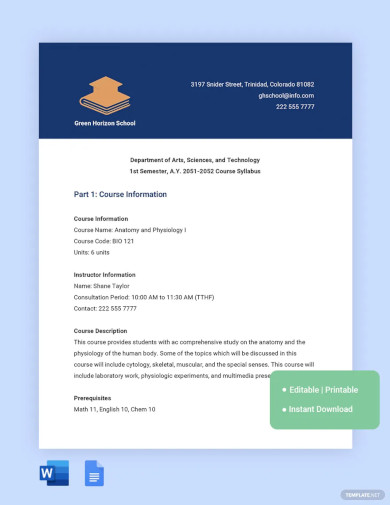
Science Syllabus Template
download now -

Course Syllabus Template
download now -
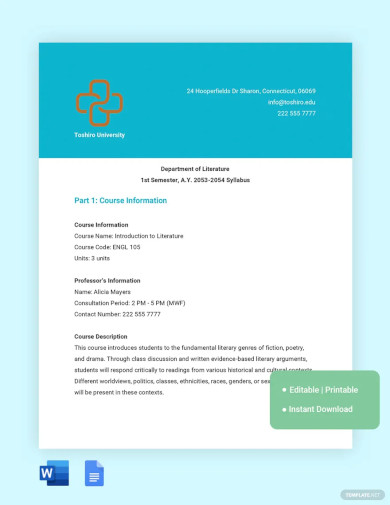
Free Simple Syllabus Template
download now -
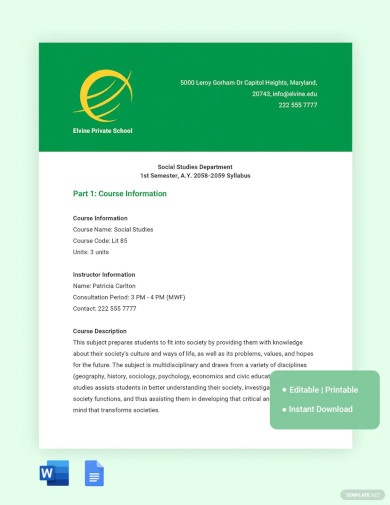
Secondary Education Syllabus Template
download now -

Free Creative Syllabus Template
download now -
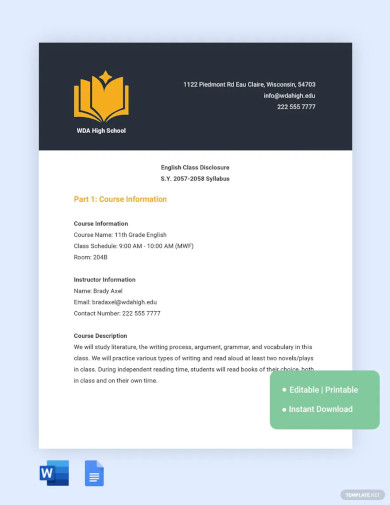
Class Disclosure Syllabus Template
download now -
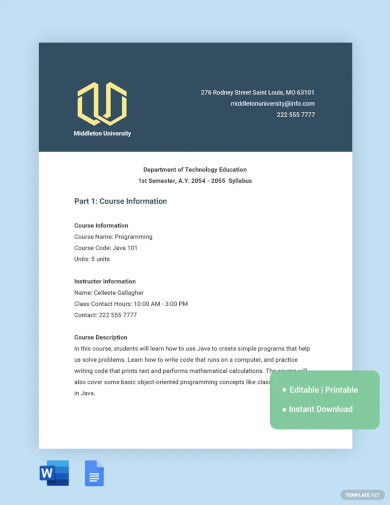
Middle School Syllabus Template
download now -
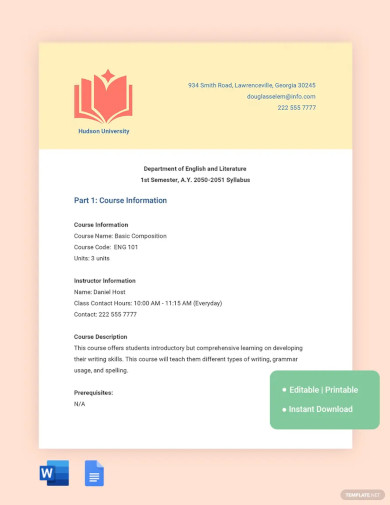
Free Visual Syllabus Template
download now -
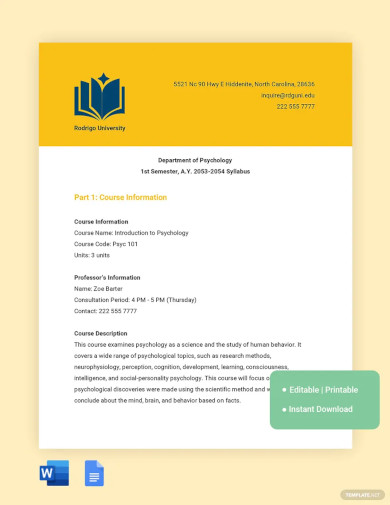
Free College Syllabus Template
download now -
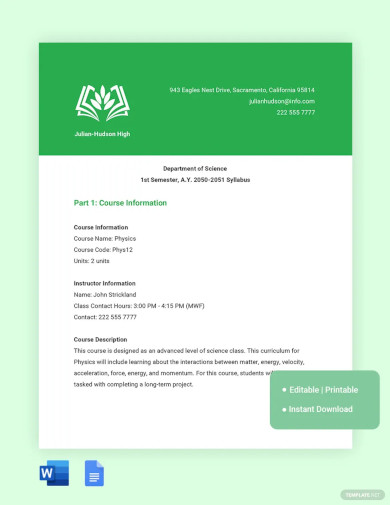
High School Syllabus Template
download now -
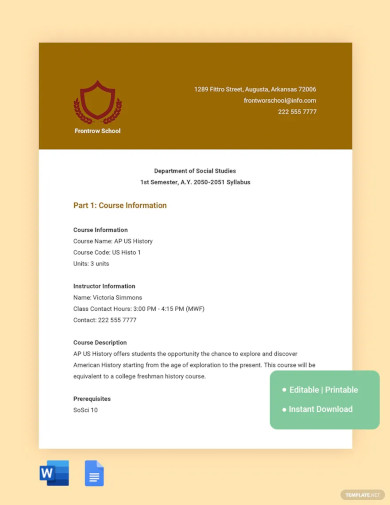
Social Studies Syllabus Template
download now -
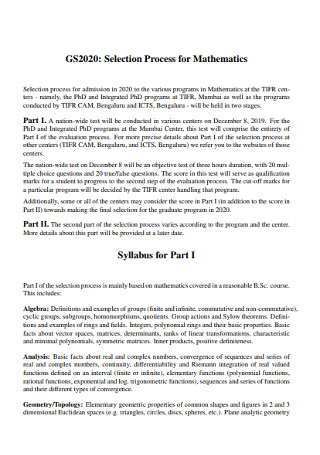
Mathematics Syllabus
download now -
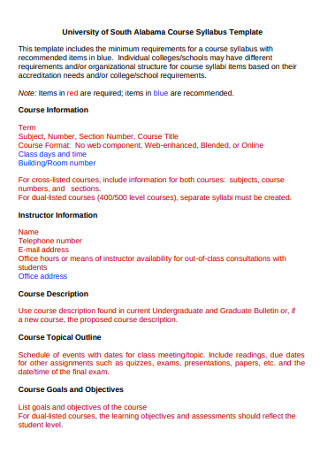
University English Courses Syllabus
download now -
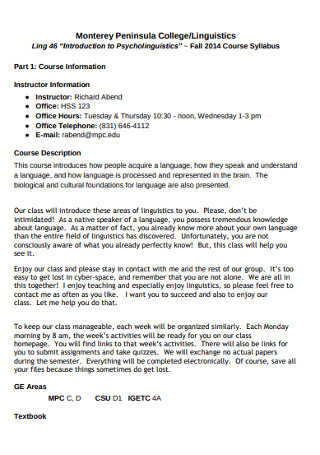
College Art Syllabus
download now -
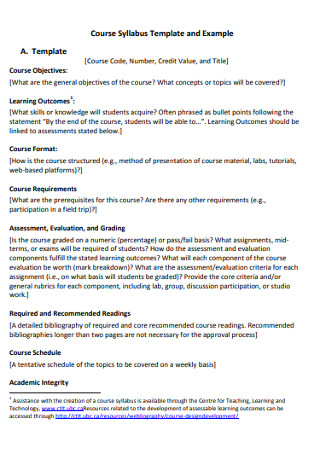
Curriculum Syllabus Example
download now -
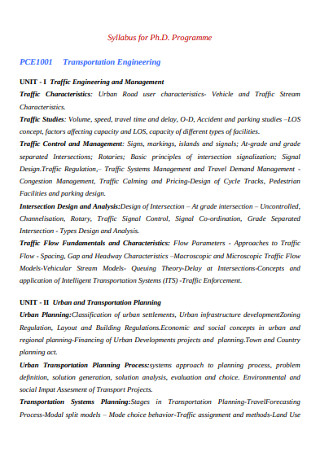
Training Syllabus for Ph.D. Programme
download now -
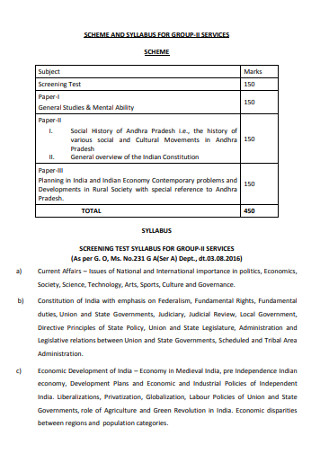
Nursery Scheme and Syllabus
download now -
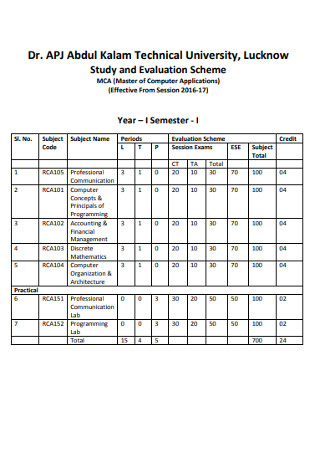
SSC Year Semester Syllabus Template
download now -
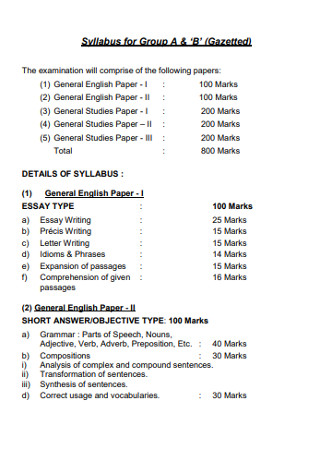
UPSC Syllabus for Groups
download now -
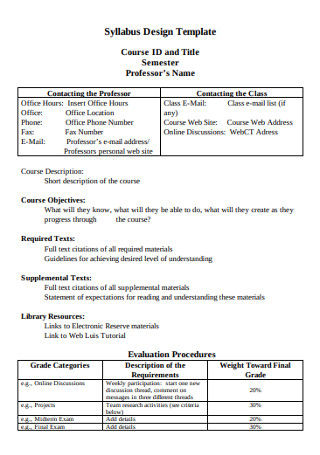
1st Year Syllabus Design
download now -
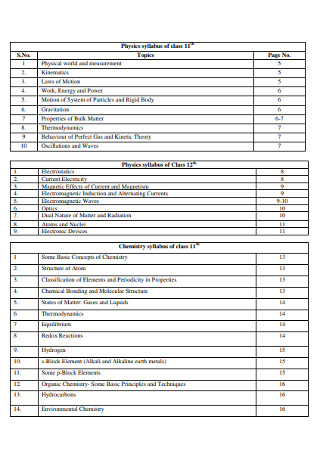
CBSE Physics syllabus of class in PDF
download now -
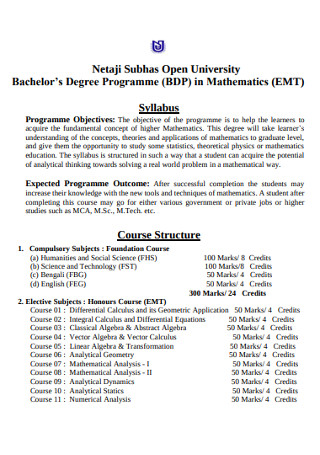
Bachelor’s Geography Degree Syllabus
download now -
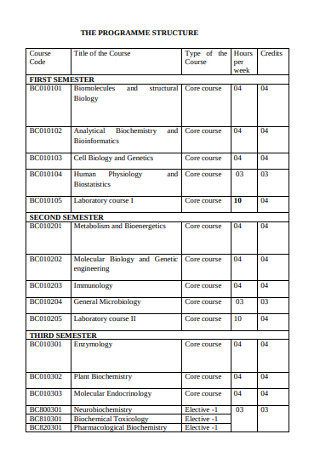
Program Biology Syllabus
download now -
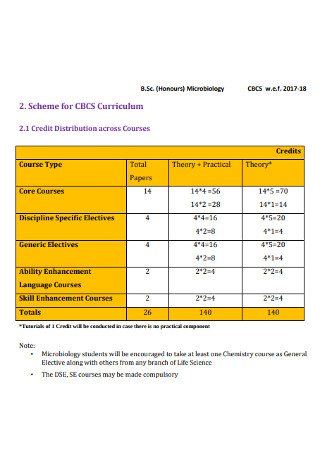
Microbiology Class 12 Syllabus
download now -
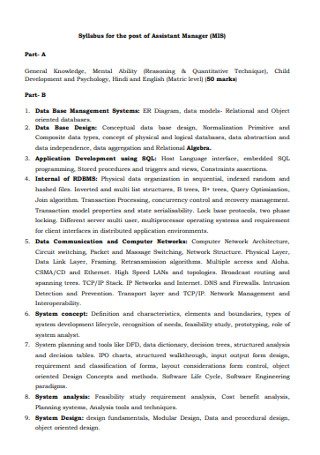
Syllabus for the Post of Assistant Manager
download now -
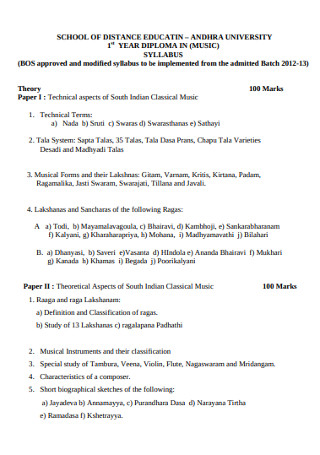
Music Syllabus
download now -
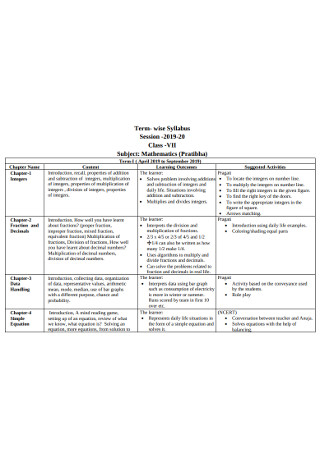
Term- wise Syllabus
download now -
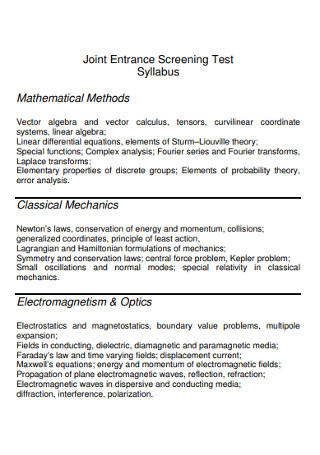
Joint Entrance Screening Test Syllabus
download now -
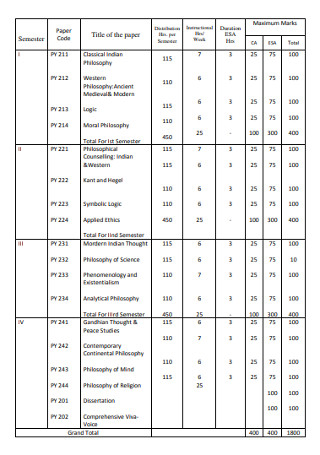
Philosophy Scheme and Syllabus
download now -

Digital Marketing Syllabus
download now -
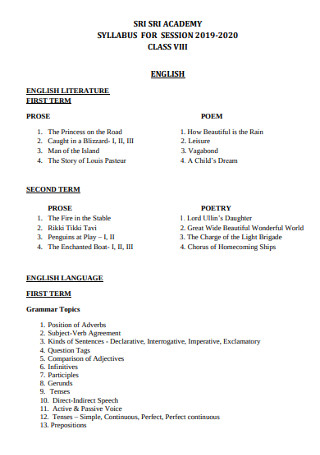
Academic Syllabus for Session
download now -
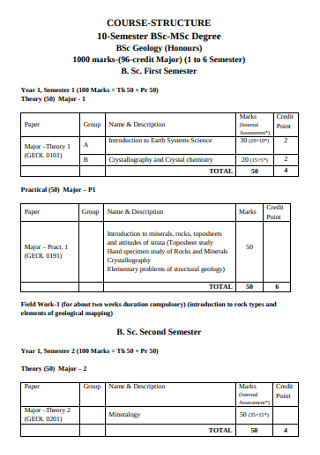
Sample Degree Semester Syllabus
download now -
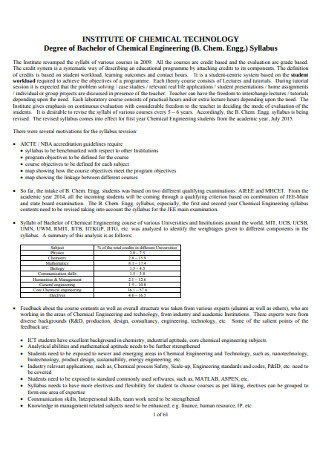
Polytechnic Engineering Syllabus
download now -
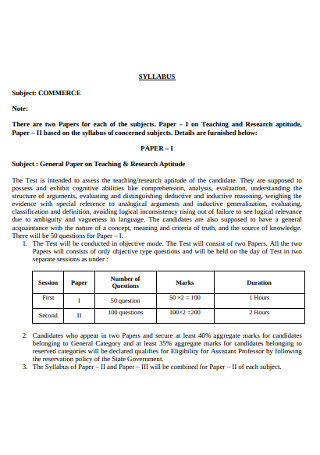
Commerce Subject Syllabus
download now -
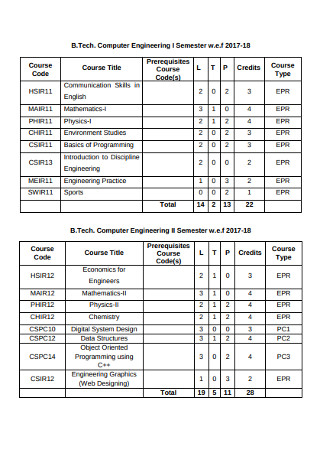
Computer Engineering Semester Syllabus
download now -
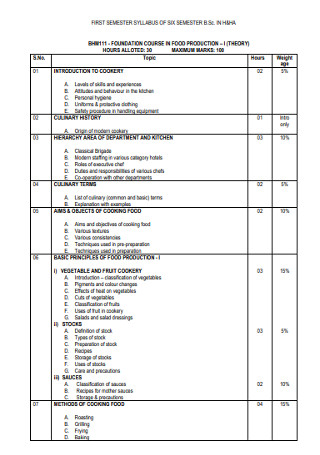
Foundation Course in Syllabus
download now -
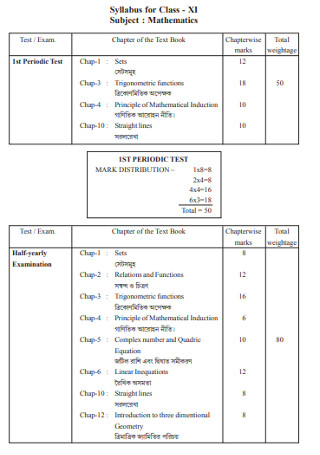
Basic Syllabus
download now -
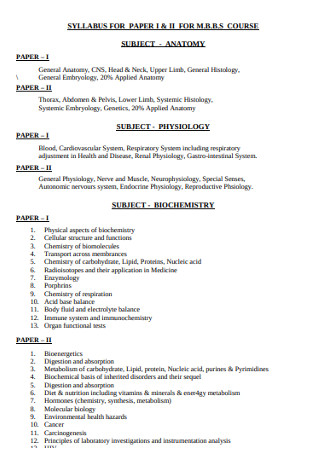
Syllabus for Subject Paper
download now -
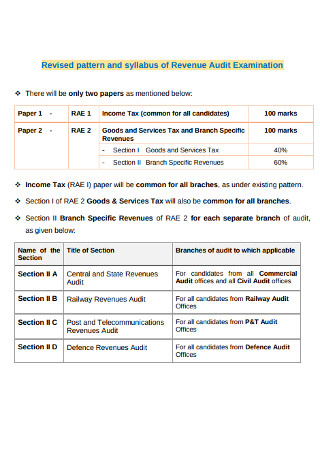
Syllabus of Revenue Audit Examination
download now -
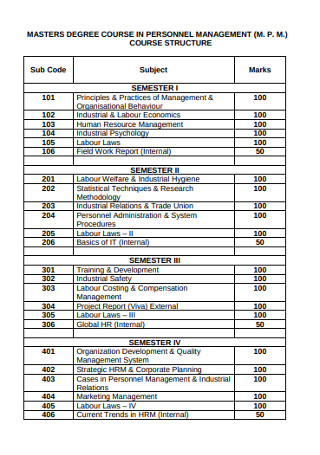
Master Degree Course Syllabus
download now -
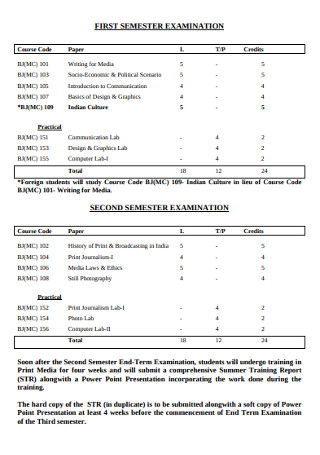
First Semester Examination Syllabus
download now -
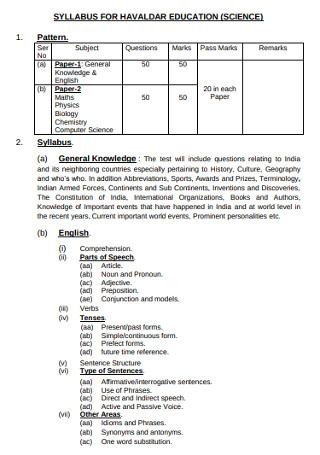
Syllabus for Science Education
download now -
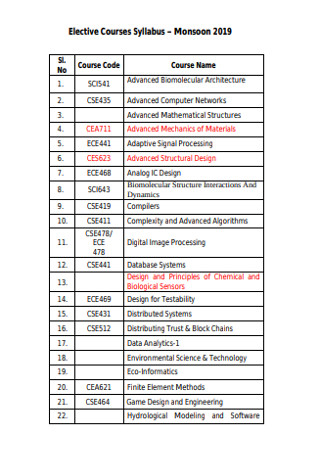
Elective Courses Syllabus
download now -
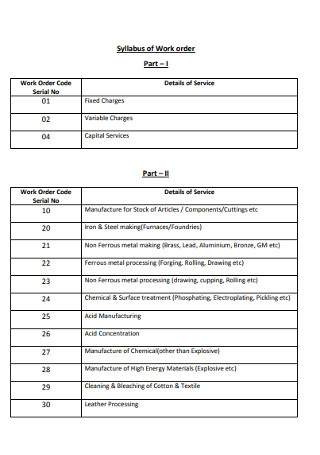
Syllabus of Work Order
download now -
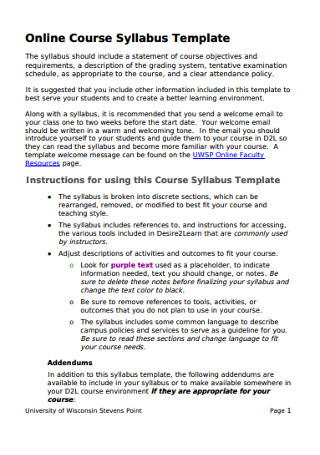
Online Course Syllabus
download now -
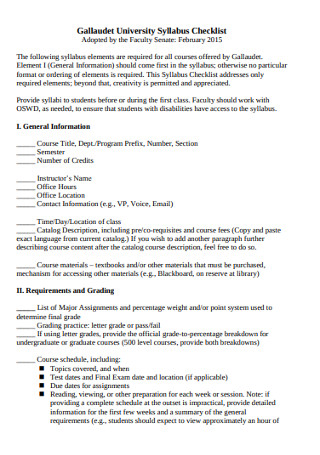
University Syllabus Checklist
download now -
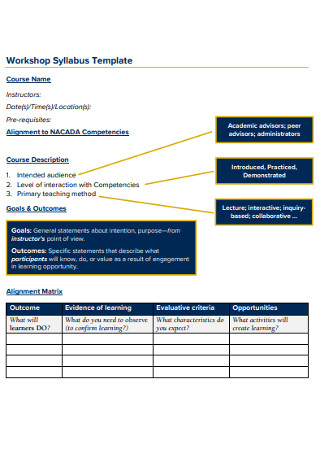
Workshop Syllabus
download now -
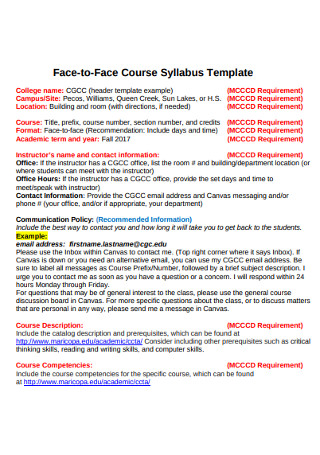
Face-to-Face Course Syllabus
download now -
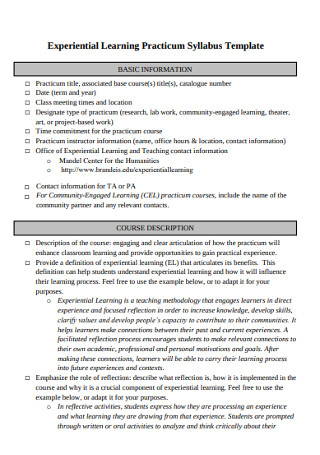
Experiential Learning Practicum Syllabus
download now -
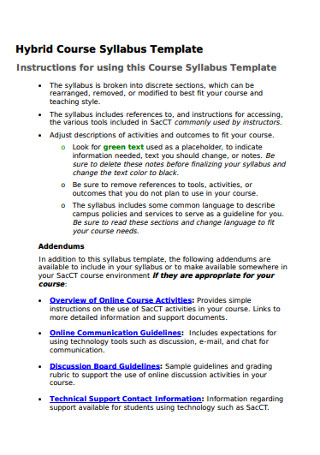
Hybrid Course Syllabus
download now -

Graduate Level Syllabus
download now -
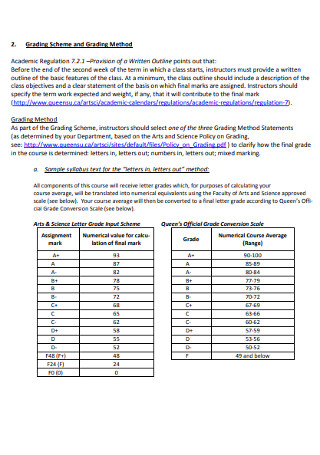
Materials Syllabus
download now -
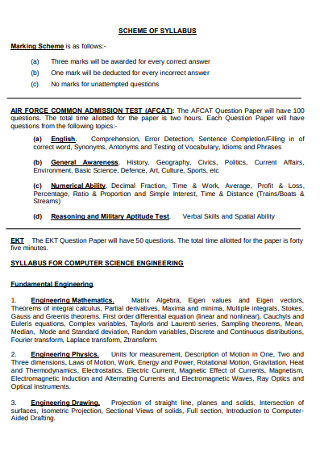
Simple Scheme and Syllabus
download now -
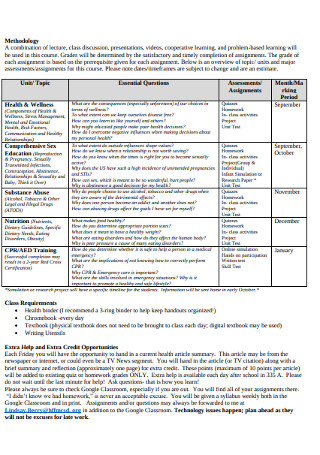
High School Course Syllabus
download now -
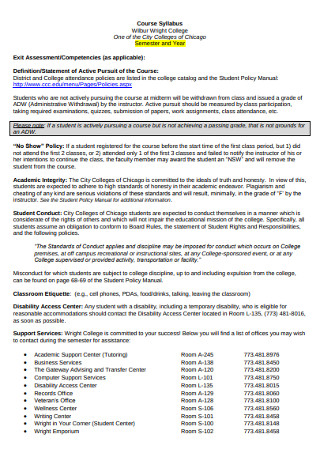
College Course Syllabus
download now -
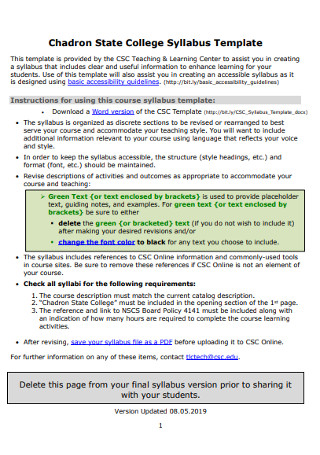
State College Syllabus
download now -
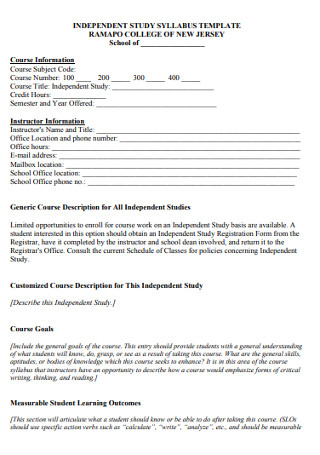
Independent Study Course Syllabus
download now -
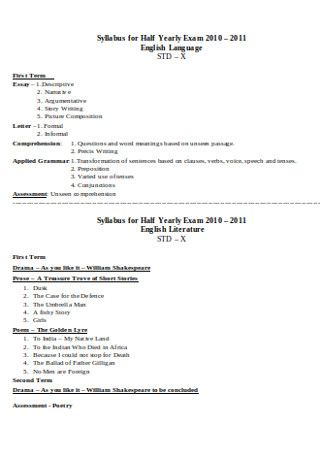
Syllabus for Half-Yearly Exam
download now -
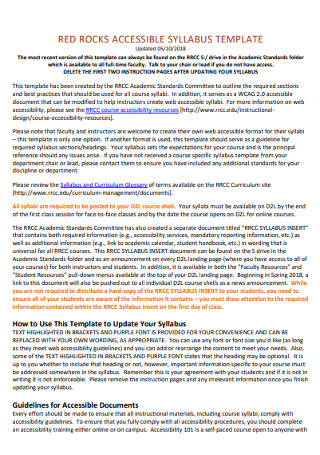
Sample Accessible Syllabus
download now -
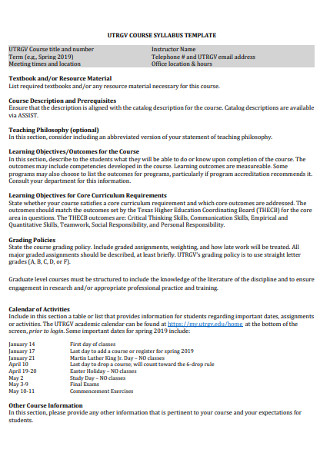
Standard Course Syllabus
download now -
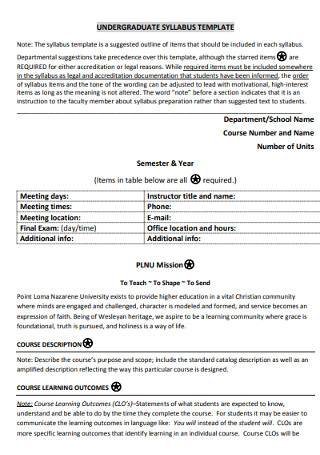
Undergraduate Syllabus
download now -
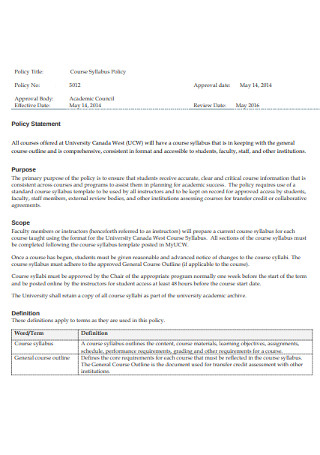
Course Syllabus Policy
download now -
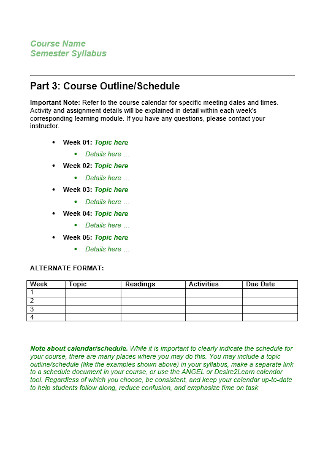
Sample Online Course Syllabus Example
download now
What Is a Syllabus and Why Do You Need It?
A syllabus is a document that educators use to outline what students can expect from the course. Students can refer to the plan to find out who is teaching the subject, what materials are necessary to participate in it, and what they have to do to complete the course. Think of it as a contract that students can choose to pursue or ignore according to preference. Both instructors and students can also use it as a source of information in case there are class-related concerns to clarify. And with the U.S. Census Bureau recording 76.8 million students in school as of its recent report, this learning tool should keep you organized during the most hectic days of the semester.

Critical Components of a Syllabus
What to include in a syllabus?
The answer to that question may vary according to discipline, department, program, and instructor. That’s because the form and content of a syllabus will depend on the goal you want to achieve by the end of the term. However, there are a few common elements included in most syllabi. These are as follows:
Promoting Better Student Learning
In a speech delivered by former U.S. Deputy Secretary Tony Miller of the U.S. Department of Education, he claims that there are more than 7,000 daily dropouts in the United States alone. Although various factors contribute to such, many of these students leave school voluntarily due to learning difficulties and other personal problems that make it difficult for them to keep up with the rest of the class.
The best instructors recognize the importance of appropriate learning techniques, ongoing assessments, clear communication, and continual adjustments to a student’s academic performance. And it’s not about the number of tricks you have up your sleeve, but it’s the quality of your approach to teaching that leaves the greatest impact.
Active Learning
Your ability to engage with students is a skill that (unfortunately) not every instructor has. That’s because some instructors are excellent as lecturers, but not as mentors to their students. People don’t get much from sitting idly in class, memorizing terms, and spitting out words from a textbook. These individuals often lack proper comprehension to apply what they’ve learned to real-life situations accordingly. They become mere spectators of the experience, instead of participants of a learning program.
As a solution, try implementing a better learning scheme that’s efficient to all. For instance, you can promote the use of technology for training sessions in one’s course of study. Many online programs and journals are available for educational use in which you may allow students to optimize for interactive learning and research purposes. You might also want to consider exposing them to fieldwork through internships, student exchange programs, service training, and clinical opportunities.
Student-Teacher Communication
It’s important for instructors to have a professional yet welcoming relationship with their students. Many students admit to avoiding one-on-one encounters with their teachers because of a boundary that separates those who know more from those who know less. The last thing you want is for your students to think twice about participating in class, asking questions, or raising matters that worry them in fear of being ridiculed by their own teacher and classmates. Rather, you want to let them know that your door is wide open for group or private discussions. Entertaining personal letters, emails, and after-class meetings are sure to leave a free line of communication between you and your pupils.
The Importance of Feedback
You can never learn from your mistakes until you find out exactly where you went wrong. Students need feedback to grow, as it gives them an idea of what they need to improve on and how. Both oral and written feedback can help students move progressively, as they figure out what they can do to meet a particular requirement. They should also get the chance to provide feedback to their teachers so that instructors (like you) can adapt their learning process and materials to the needs of the majority.
Giving feedback early and often will help you monitor their progress to save students from cramming at the last minute. Knowing what negatives to criticize constructively and what positives to praise will lead to healthy development. And by all means, it’s not a crime to want to recognize top-performing students with award certificates, regardless of education level.
How Do You Create an Engaging Syllabus?
It’s only reasonable to face challenges as an educator trying to make course procedures, content, and practices that can garner favorable results. But you can’t let the time and effort you spent creating a course syllabus go to waste, which is why you’ll want to keep the following guidelines in mind to write a course syllabus suitable for the educational level you teach.
1. Study Your Students
Take the time to get to know your students like the back of your hand. You’ll be dealing with a variety of individuals who possess different levels of understanding. You’ll have students that run at a slower pace than others and those that are curious enough to want to know beyond what is necessary for their field of study. Don’t think twice about gathering useful information for your teaching strategies by consulting a colleague who might have taught the course in the past. You can also spend the first few encounters trying to learn about your students to find out which areas of the syllabus require improvement.
2. Decide the Appropriate Teaching Methods for the Class
As mentioned before, a syllabus can act as a guide for you to adapt to the learning preferences of students. To do this, you need to have an action plan in place.
Determine the best strategies that may help you devise projects, assignments, activities, and assessments that align with specific learning outcomes. And if you’re looking to refine your teaching methods, do consider the potential of several visual, auditory, and hands-on exercises to find out what’s suitable for your students and the curriculum.
3. Measure Outcomes
Designing goal-oriented activities may help students acquire and retain specific data and skills longer. Some examples include lectures, fieldwork, group work, practice sessions, and experimentation.
But how do you know if your efforts paid off? What can you do to evaluate the success of your syllabus?
Assessment is a crucial aspect of student learning, as it can say a thing or two about a student’s progressive state from the beginning of the semester to the end. While test grades do project a student’s knowledge and skills in a topic, you cannot rely on these results alone to measure the effectiveness of your strategy. Instead, you can plan weekly quizzes, presentations, individual or group projects, and other possible activities to keep everyone engaged.
4. Be Open for Revisions
There’s a chance you won’t get it right the first time around. No one can craft the perfect syllabus out of pure luck. Loopholes are common in a syllabus, but it shouldn’t give you a reason to doubt your abilities as an instructor. You have to know what to keep and what to change in your current syllabus in order to attend to a student’s needs.
If, for instance, more than half of the students in your class fail the exam, what does that say about you as a teacher?
While it’s easy to blame a student’s study habits (or lack thereof), instructors need to assess themselves to identify areas of need as well. Don’t be afraid to admit your faults and lapses as an educator. Like your students, there’s always room for improvement to help you reach specific learning outcomes by the end of the semester. It won’t hurt to revise the syllabus even after the course has started. By doing so, you can correct ineffective practices and identify alternatives that may have a better shot at success.
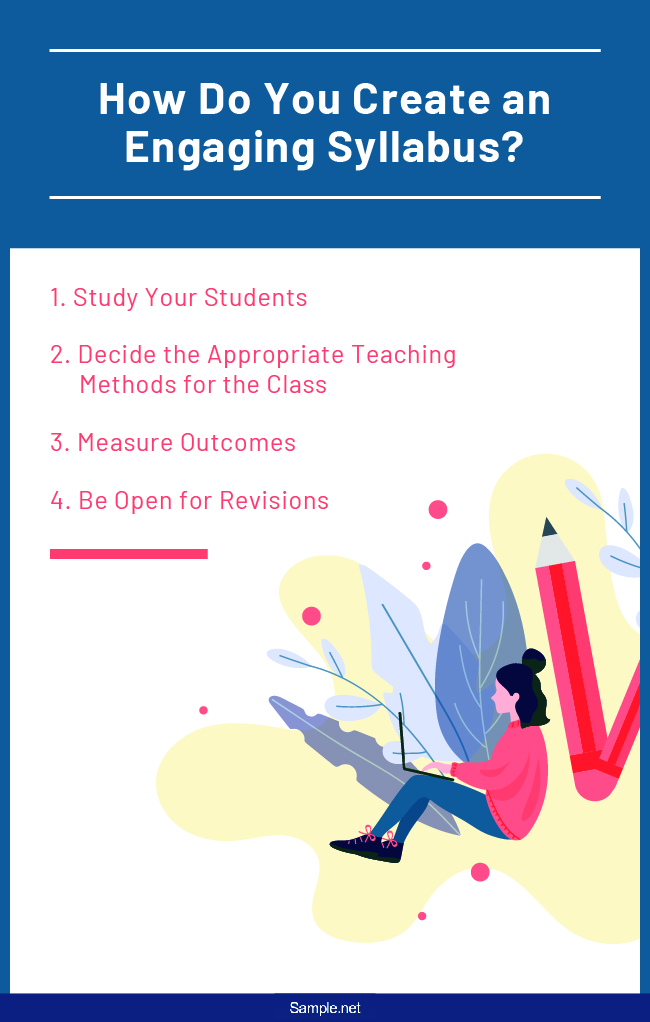
Now that we know the importance of a syllabus in today’s educational system, it’s safe to regard such as a roadmap that students and teachers can use to succeed in their course of study. It helps increase class productivity and enhance student performance to develop capable learners by the end of the course. Devoting your time and energy toward a well-established syllabus will undoubtedly provide you with desirable outcomes.
